Want to know how fast that baby koi of yours is going to grow? Or how big your adult koi will be this time next year?
Then you are in the right place.
The short answer is about 0.66mm per day or almost an inch (2 cm) per month which translates into about 9 inches the first year of life. By age one, your fish should be around 9 inches, by age two your fish should be around 15-16 inches but I should add this caveat: there are some variables involved that can affect growth rates.
Read on and we’ll cover all of it!
Some of those variables that I’ll talk about are:
- Water temperature
- Stress
- Food
- Overcrowding
- Genetics
Water Temperature
Warmer water means a faster metabolism, the two go hand in hand. This translates into bigger growth rates but if you are in a climate where your pond gets frozen over in the winter then that super cold period under ice is going to have the effect of slowing growth rate.
You may have noticed how fast koi grow in an aquarium. Much faster, right? That has a lot to do with a warmer and consistent temperature. Scientific studies have shown that the ideal water temperature range for your koi’s maximum growth are between 75 -80 degrees F. If you want to learn more about how to change up your feeding schedule throughout the seasons check this handy chart.
Stress
It has been said a little stress is actually good for you but a lot of stress has the opposite effect. Stress like poor water quality, attack of parasites, other fish getting aggressive (bullying), dodging the stiletto beaks of wading birds out for a meal, excessively high water temperatures of mid summer, low dissolved oxygen etc. Understandably, these stresses can cause growth rates to slow or even temporarily halt.
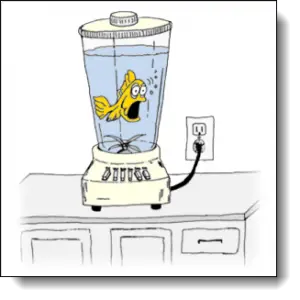
Food
This is a big one. It stands to reason that if your koi don’t have enough food and/or the right kinds of food that this is going to negatively impact your fish’s growth rate. These scientists found that an extract from the Soapbark tree (Quillaja saponaria) actually increased growth. The right foods containing the appropriate mixture of carbohydrates, fats and proteins will yield the best results for your fish.
Overcrowding
It seems like many people believe more fish equals more enjoyment. Unfortunately, you just won’t get twice as much enjoyment from have 30 fish as you would have 15. In fact, what you actually get is more headaches and the potential for more problems with your fish. From disease issues to, yes you guessed it, stunted growth due to space constraints. You want the freedom to move around and so do your fish. In fact, here is useful calculator to help you plan how many fish is an appropriate number for your pond.
Genetics
No discussion of koi growth rates would be complete without touching on genetics. Look at the people around you throughout the day, some are tall while some are short. Just as with people, koi possess the genetic blueprint to grow fast or slow or big or small. Unfortunately, the answer to the question of “How fast do koi grow” is not as straight forward as people would like it to be because of all the variables involved and, of course, genetics is certainly one of those that cannot be ignored.
Below is a basic way to think about how big a koi gets in the first 2 years.
By 4 years into it your fish should be about 2 feet long. But are there ways to help increase your koi’s growth even more? Let’s briefly explore some ways you can boost your koi’s growth potential.
How to Increase Koi Growth Rate
⊗ Give them lots of space, no overcrowding.
⊗ Foods high in protein and be careful not to overdo it with lots of carbohydrates. There are also supplements to consider. This study found that certain supplements like Quillaja actually acts as a growth stimulant for Cyprinus carpio (the scientific name for koi and carp). So what the heck is this Quillaja stuff anyway?
Well, you can learn a bit about it here or you can buy it here but I personally can’t vouch for its use as a koi supplement. If you are considering using it for your koi, I would actually contact the authors of the scientific paper I mentioned above and they can guide you on it’s use.
Generally, you want to feed less at a time but more often. Keep in mind that koi don’t have stomachs so if they get a whole bunch of food at once they will gorge which results in much of the food passing right through their gut only partially digested. One way that pond keepers maintain a steady and predictable feeding schedule is through automatic feeders like the one below. It takes the guess work out of feeding.
⊗ Ideal water temperatures. According to this study, the optimal temperature range for growth is between 75 and 82 degrees F. Similarly, this study found that 81 degrees was the best temperature for growth potential. Isn’t it cool when two different scientific studies agree?!
Why Knowing Koi Growth Rates is Important
- Will you have overcrowding issues in the future? find out
- Koi competitions: when will my fish be ready to enter into competition?
- Koi sellers: when will my fish be ready for market?
- Koi breeding: when will my koi be ready to reproduce?
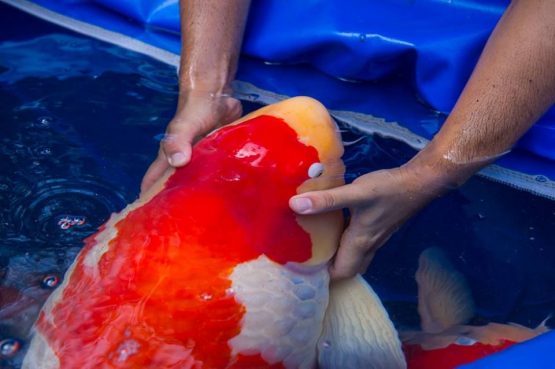
Have you ever experienced successes with your koi’s growth that you want to share? Got any tips on increasing growth? Post it in the comments below.
General FAQ
How fast do koi grow?
Almost an inch per month and around 9 inches within the first year.
What can cause koi to grow faster or slower?
Things like water temperature, stress, food, overcrowding and genetics play big roles.
How can I increase my koi’s growth rate?
Keep your water somewhere between 75 and 82, give them high quality, protein-rich foods and be sure not to overcrowd the pond.



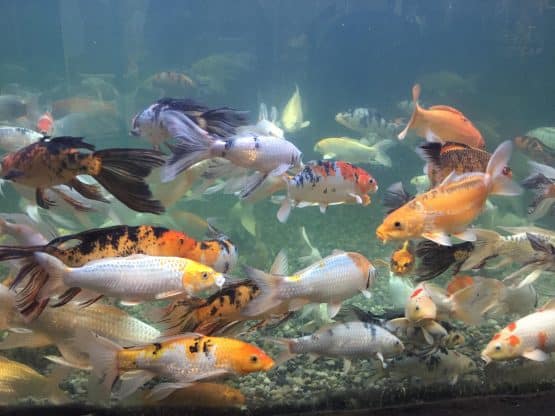

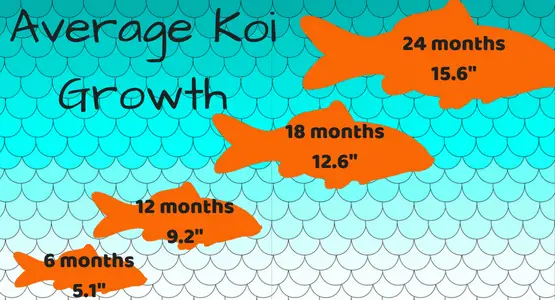
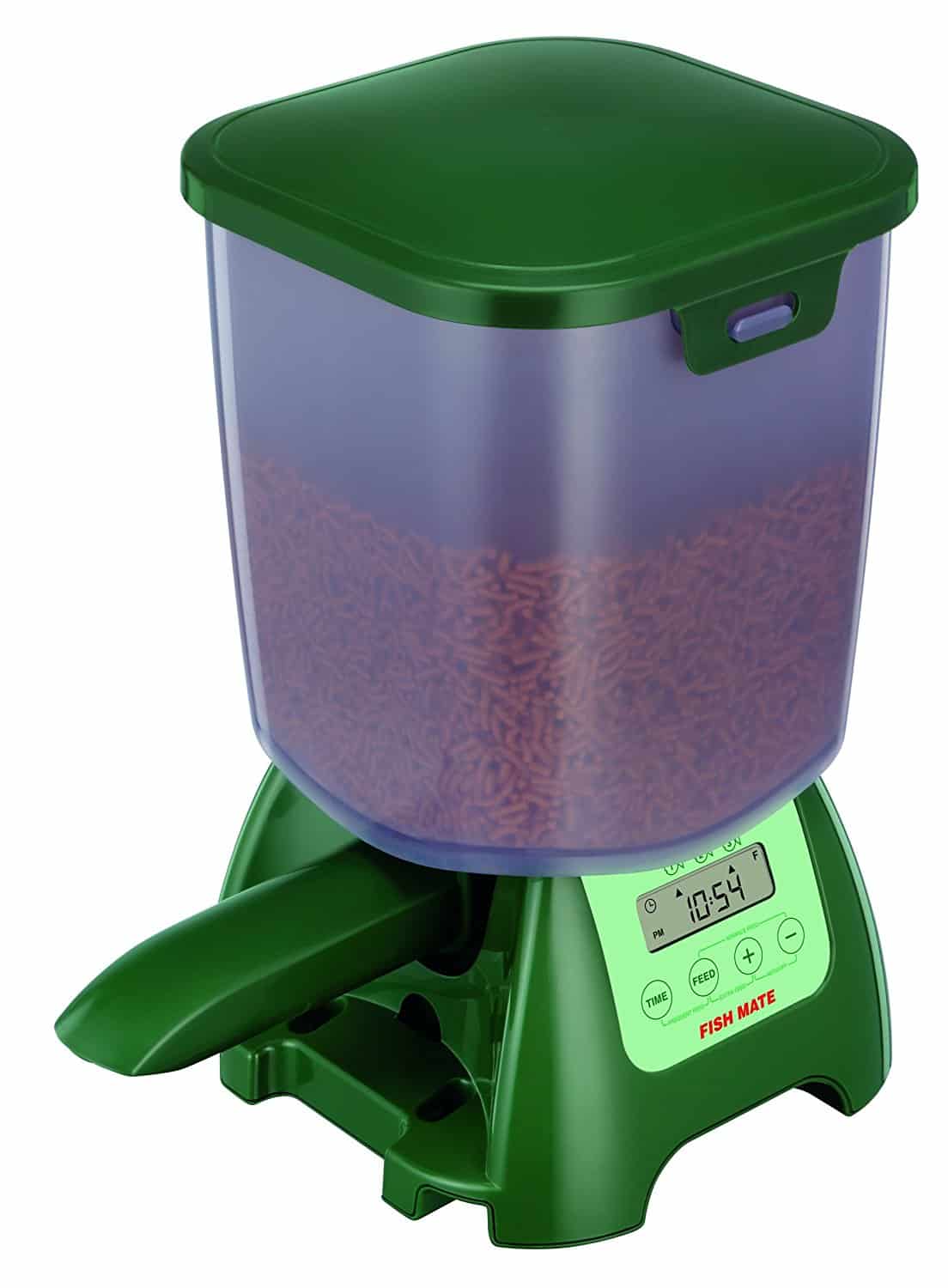
Thank you for the information. It helps a lot.